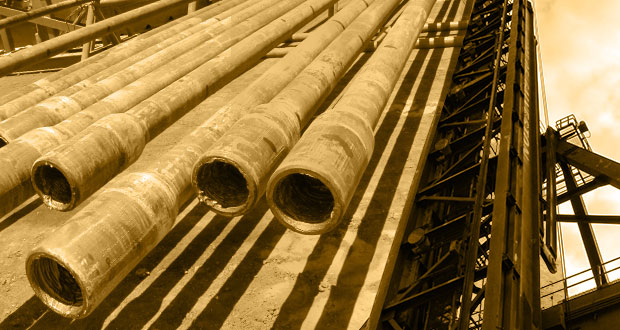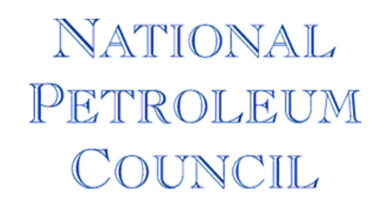
US Department of Labor expands requirements to submit injury and illness data
The US Department of Labor announced a final rule that will require certain employers in designated high-hazard industries to electronically submit injury and illness information to the Occupational Safety and Health Administration (OSHA). The final rule will take effect on 1 January 2024 and includes the following submission requirements:
Establishments with 100 or more employees in certain high-hazard industries must electronically submit information from their Form 300-Log of Work-Related Injuries and Illnesses, and Form 301-Injury and Illness Incident Report to OSHA once a year. These submissions are in addition to the submission of Form 300A-Summary of Work-Related Injuries and Illnesses.
Establishments are required to include their legal company name when making electronic submissions to OSHA from their injury and illness records.
OSHA will publish some of the data collected on its website to allow employers, employees, potential employees, employee representatives, current and potential customers, researchers and the general public to use information about a company’s workplace safety and health record to make informed decisions.
The final rule retains the current requirements for electronic submission of information from Form 300A from establishments with 20-249 employees in certain high-hazard industries and from establishments with 250 or more employees in industries that must routinely keep OSHA injury and illness records.
BOEM proposes new requirements for offshore decom
The US Bureau of Ocean Energy Management (BOEM) has proposed changes to modernize financial assurance requirements for the offshore oil and gas industry, covering the costs associated with the decommissioning of offshore wells and infrastructure.
The proposed rule would establish two metrics by which BOEM would assess the financial risk. First, the bureau would use credit ratings from a nationally recognized statistical rating organization, or a proxy credit rating generated through a statistical model. BOEM would require companies without an investment-grade credit rating to provide additional financial assurance.
Second, BOEM would consider the current value of the proved oil and gas resources on the lease itself when determining the overall financial risk of decommissioning, given that any lease with significant reserves still available would likely be acquired by another operator, which would then assume the liabilities in the event of bankruptcy.
The bureau said in a statement that the proposed regulatory changes would “provide additional clarity and reinforce that current grant holders and lessees bear the cost of ensuring compliance with lease obligations, rather than relying on prior owners to cover those costs.”
Click here to read the BOEM’s proposed requirements.
IADC comments on BLM leasing recommendations
On 24 July, the US Department of the Interior’s Bureau of Land Management (BLM) published recommended revisions to the Onshore Oil and Gas Leasing Rule. The proposed changes would impact the BLM’s oil and gas leasing regulatory framework by modifying current fiscal terms and leasing processes.
If put into effect, the proposed modifications would make oil and natural gas exploration more expensive. Royalty rates for drilling on public lands would increase from 12.5% to 16.67%, as per provisions in last year’s climate and tax reconciliation law. The rule also proposed increasing the minimum lease bond amount from $10,000 to $150,000.
While IADC respects the BLM’s efforts in modernizing its regulatory framework and preserving public lands, these changes would increase the economic and logistical obstacles involved in developing new energy projects. Domestic oil and natural gas supply may diminish as a result, decreasing the ability of the US to meet national and global demand.
In response to the proposal, IADC President Jason McFarland said in a statement issued on 27 July, “The increased costs to drilling contractors is an obvious detriment to oil and natural gas exploration and will affect our members unfavorably. As a voice for the drilling industry, IADC looks forward to collaborating with industry stakeholders in providing feedback to BLM in order to seek balance in how this ruling is developed.”
North Sea database adds application to drill CO2 wells
The UK North Sea Transition Authority (NSTA) launched a revamped version of the Wells Operations Notifications System (WONS) in July. Among the changes is a new function that allows companies to apply to drill a wellbore specifically linked to a carbon storage license.
The system has also made it a higher priority to consider reusing or repurposing wells as part of the decommissioning process, with system amendments allowing the NSTA to gather more accurate information on final well abandonment. There are more than 12,500 wellbores in the UK North Sea, with around 5,500 wells plugged and abandoned.
Further, the system now allows users to record more detailed information on the identity and role of companies responsible for the wellbore.
The WONS was originally launched in 2002.
Click here to access the NSTA’s Wells Operations Notification System.





